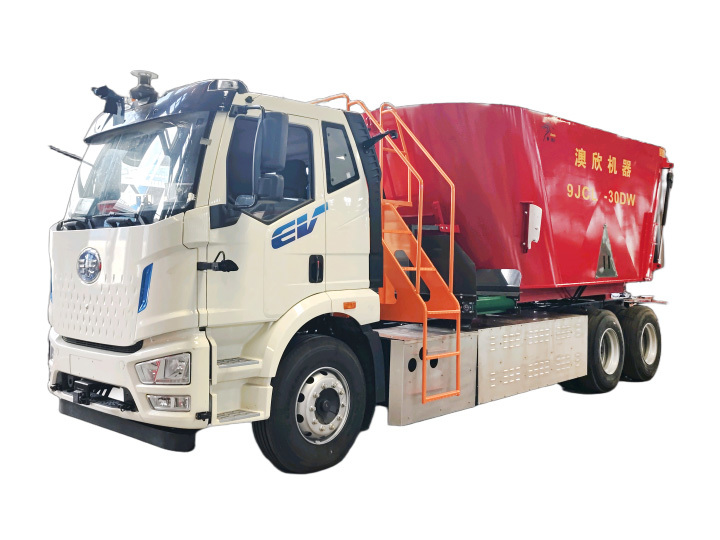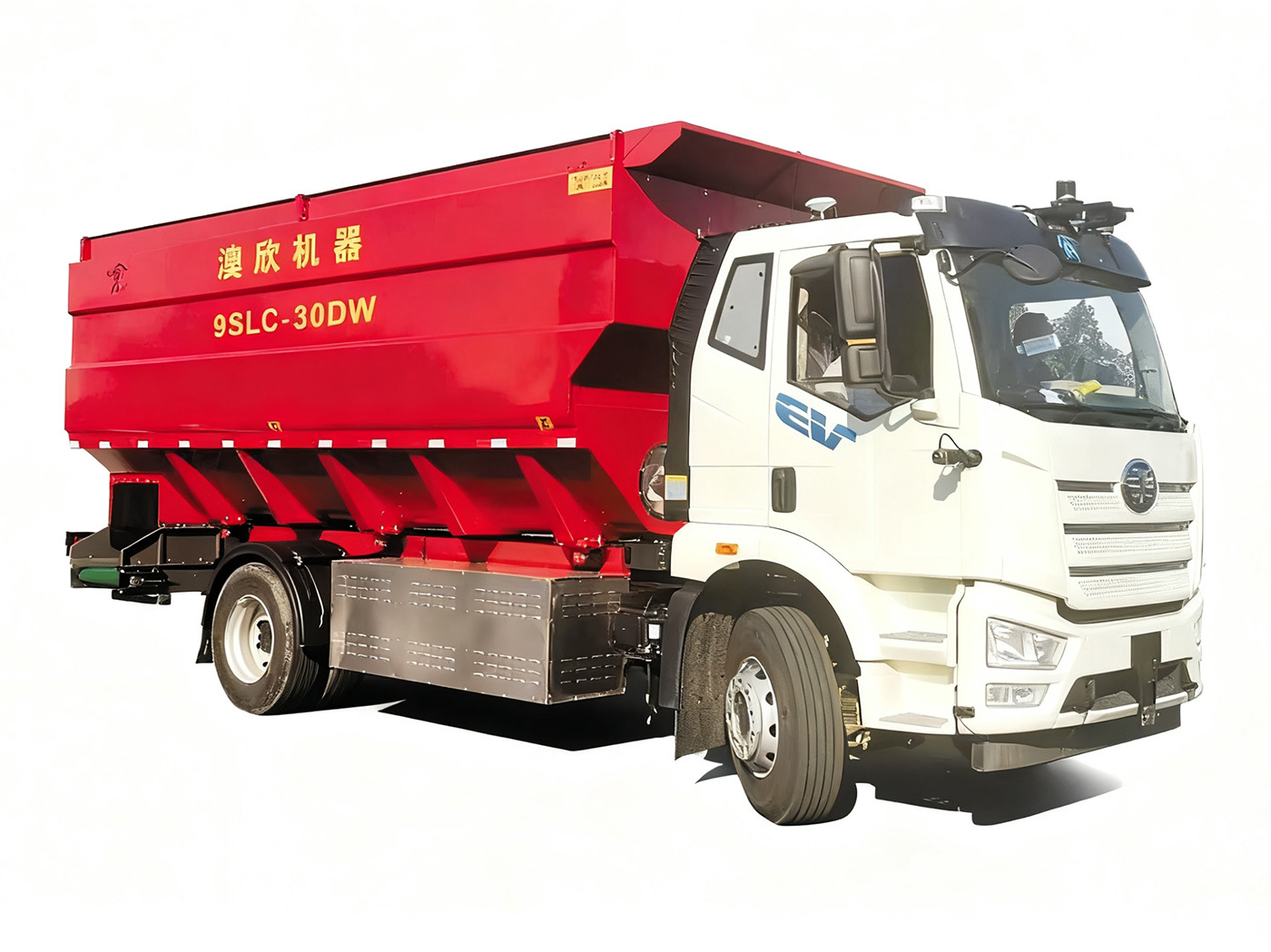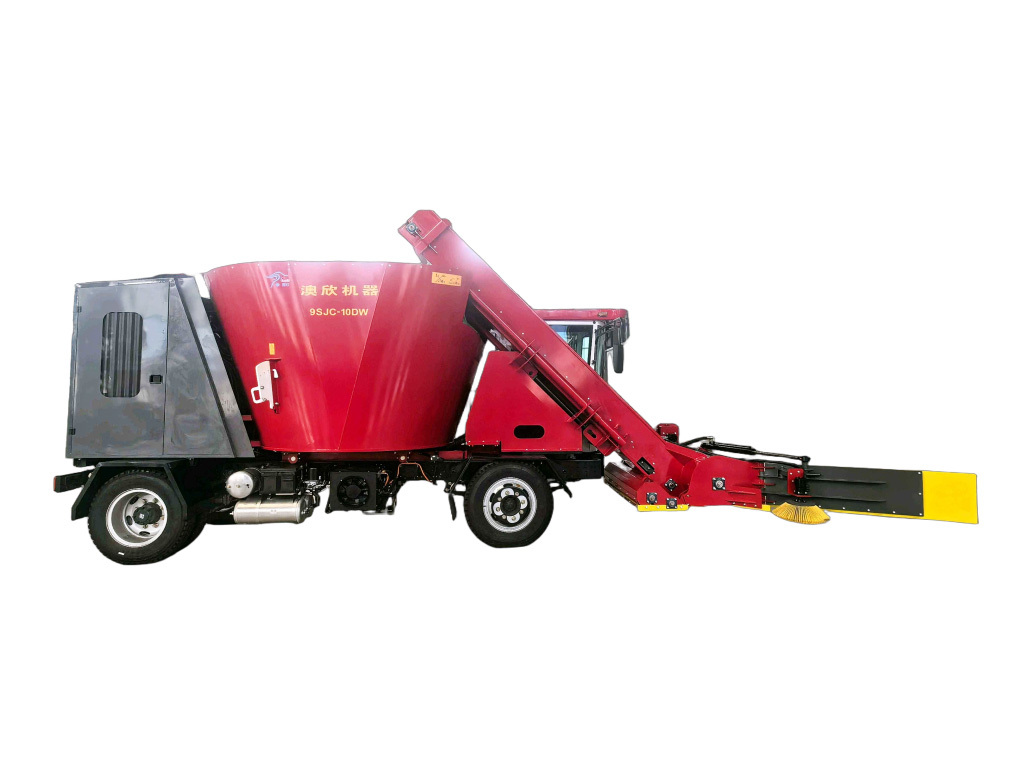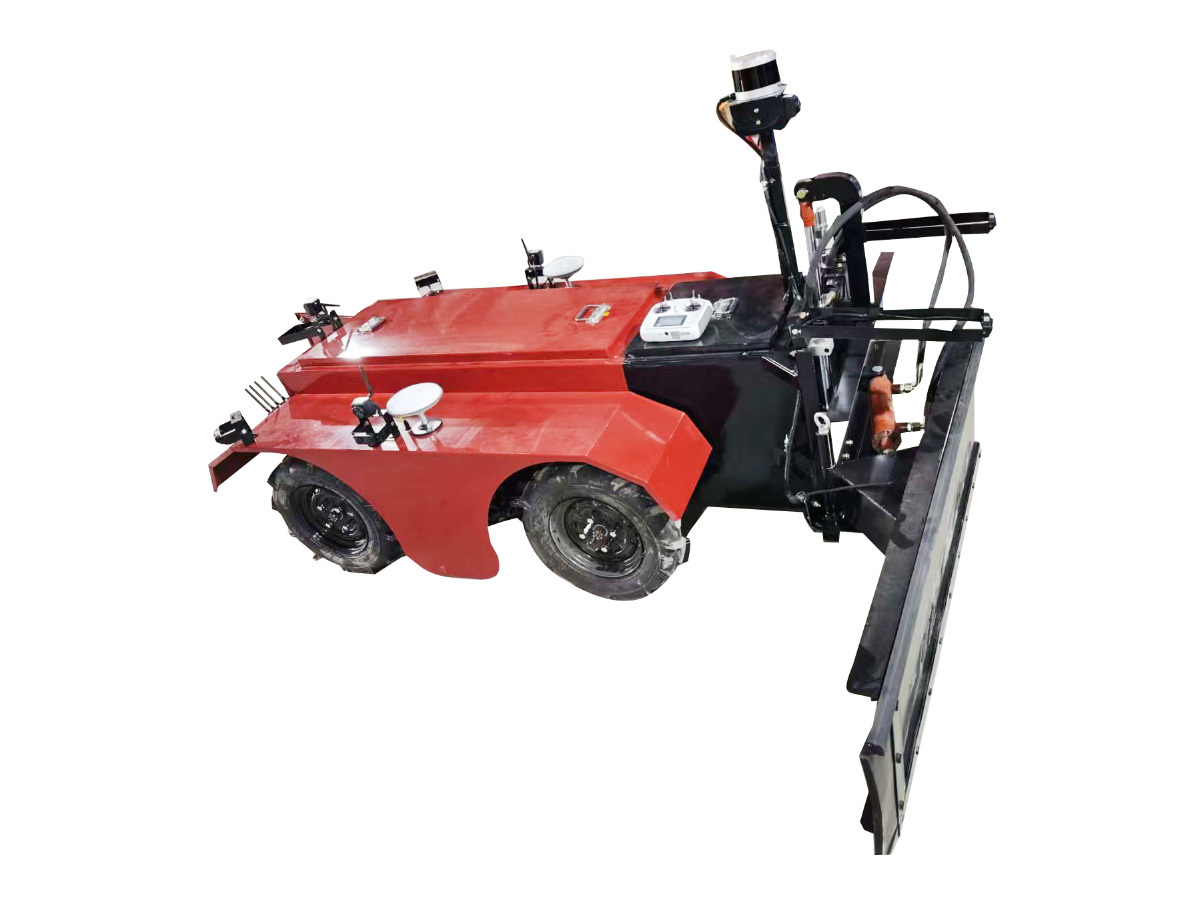Introduction to New-Energy Unmanned Equipment
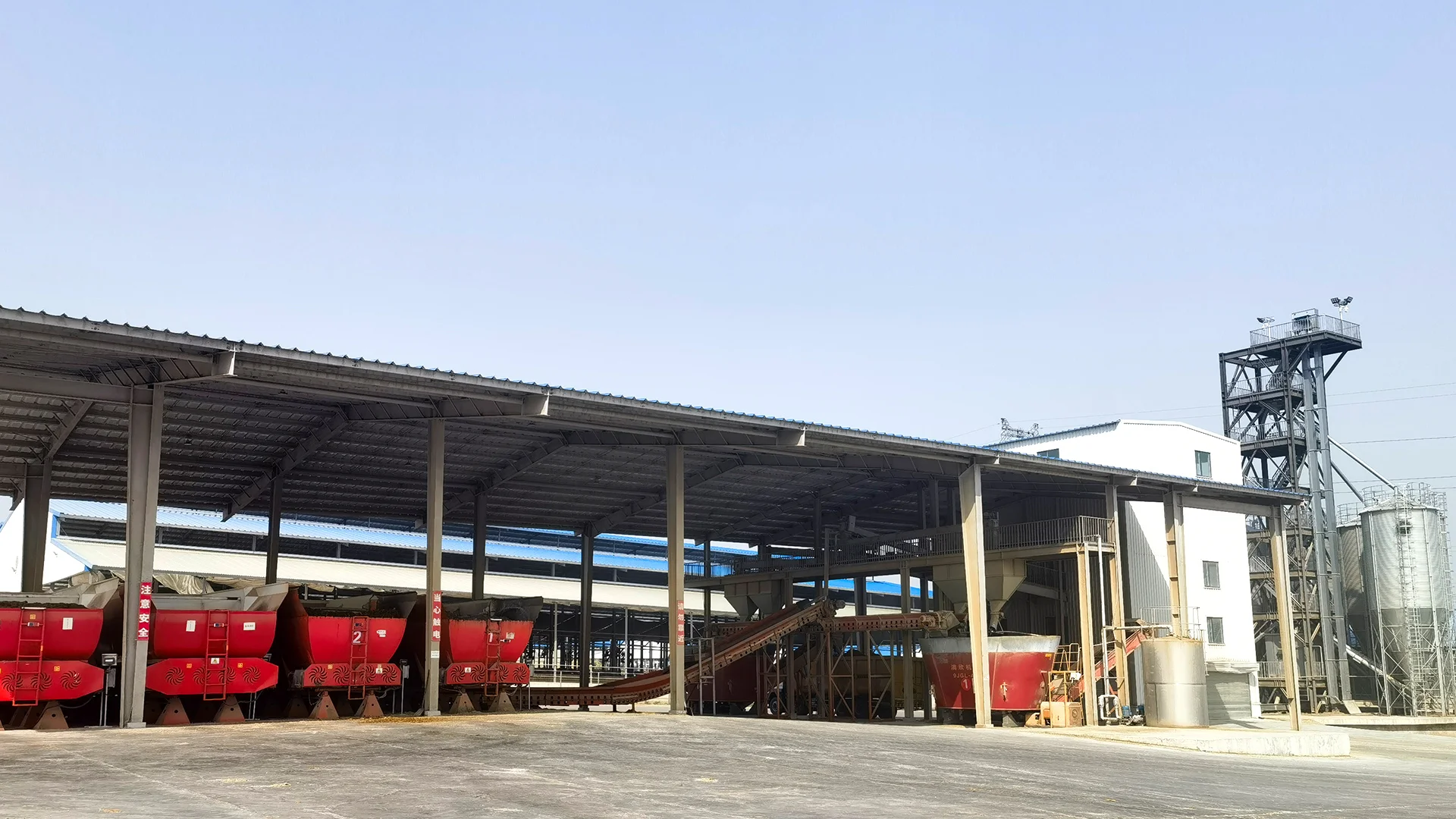
Replacing labor-intensive, heavy, and repetitive tasks with machines is emerging as a new trend in societal development. Raising cattle is a demanding job, and large-scale livestock groups face significant challenges: difficulty recruiting workers, high labor costs, and complex management issues. Reducing labor expenses, minimizing human intervention, easing managerial burdens, and boosting operational efficiency are critical issues that these groups urgently need to address.
Large-scale ranches feature enclosed environments and relatively simple road conditions, making it feasible to promote and deploy autonomous vehicles as long as the ranch adheres to the technical and safety standards required for this technology. Autonomous vehicles can operate continuously around the clock, free from human fatigue or emotional distractions, significantly boosting ranch operational efficiency and reducing task completion times. By leveraging these vehicles for tasks such as feed preparation, distribution, pushing feed into troughs, and collecting leftover feed, your ranch can effectively tackle many of its ongoing challenges.
AoXin's self-driving material-spreading vehicle has achieved SAE (Society of Automotive Engineers) Level 4 autonomous driving—truly driverless operation, with manual intervention available when necessary. Equipped with high-precision GPS, LiDAR, ultrasonic sensors, and an advanced navigation system, the vehicle delivers accurate positioning and path planning, ensuring that every task is completed flawlessly.
Unmanned operations enable high-speed, continuous, and precise tasks, significantly boosting production efficiency, reducing labor costs, and enhancing the consistency and accuracy of feed formulations. Meanwhile, management personnel can use the farm’s information system to monitor vehicle status in real time, adjust operational schedules, and review job reports. Additionally, they can collaborate with other feeding equipment—such as a total mixed ration (TMR) mixer equipped with a low-temperature near-infrared analyzer—to achieve intelligent and minimal-staff feed production on the farm. The deployment of new-energy, autonomous vehicles in large-scale ranch operations not only elevates the farm’s automation level and precision in feed management but also delivers substantial economic benefits.
AoXin Company has developed four major series of new-energy, autonomous feeding vehicles—including onboard preparation machines, feed-spreading vehicles, feed-pushing vehicles, and leftover-feed collection vehicles. These products represent a domestic first in terms of technological innovation and manufacturing capability, reaching internationally advanced levels. They can meet the equipment needs of large-scale farms for various feeding scenarios and are fully capable of replacing all currently used diesel-powered, manually operated vehicles on the farm.
New energy autonomous vehicle technology is now mature, delivering stable performance and reliable quality. During regular production, the vehicles operate in fully autonomous mode; however, they also support human-machine interaction, allowing for manual takeover in special situations—ensuring the safety of feeding operations at all times.
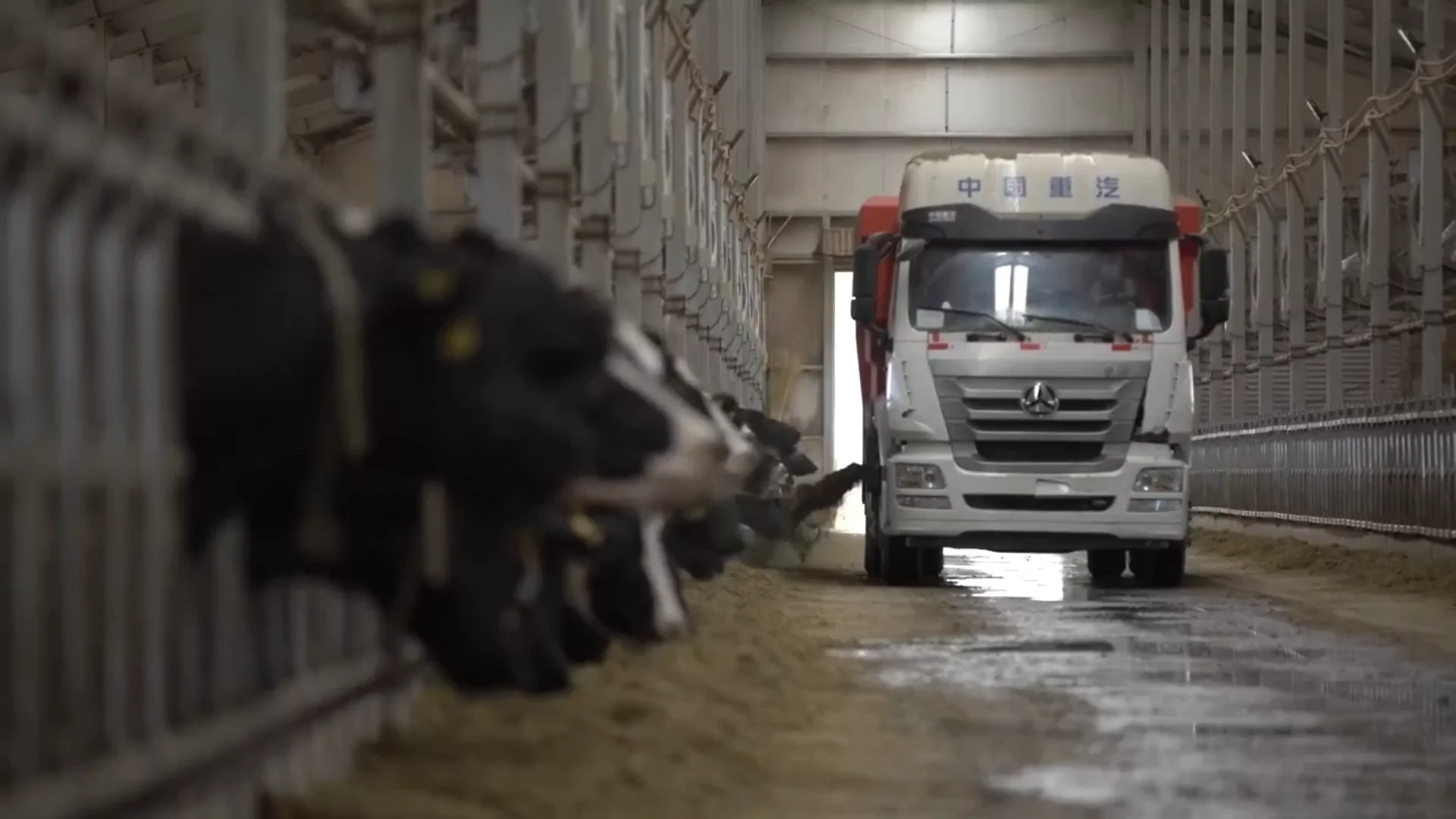
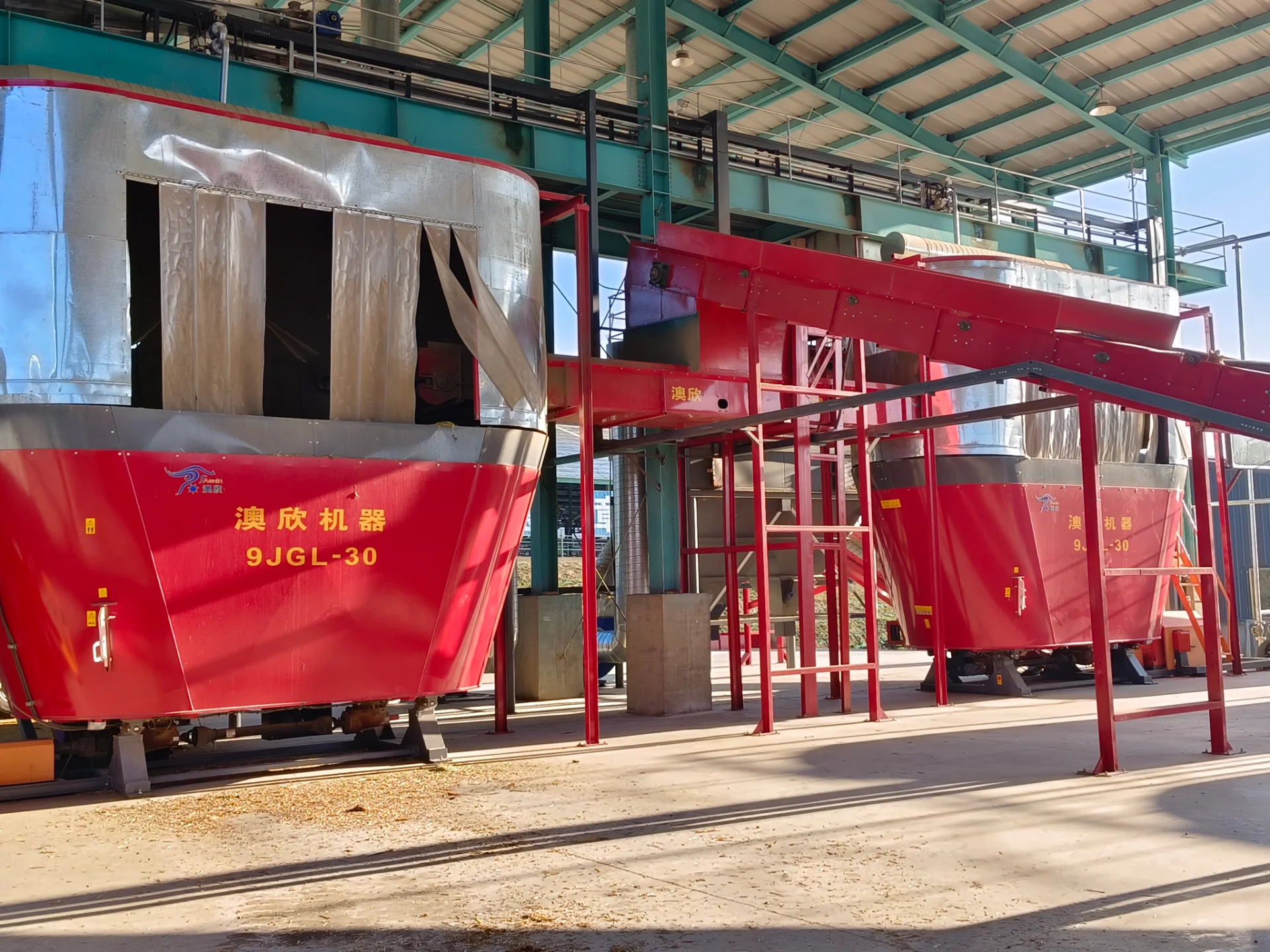
Currently, most ranches rely on towed feed preparation machines and various diesel-powered vehicles driven manually for production tasks—processes that not only consume significant amounts of fuel but also generate substantial noise and air pollution. However, if these operations were transitioned to new-energy, autonomous vehicles:
1. It can reduce labor, fuel, and maintenance costs by at least 80% in the ranch feeding and production process.
2. At the same time, it has alleviated the challenges of difficulty in recruiting workers, high labor costs, and complex management issues, reduced manual intervention, improved work quality and managerial efficiency, and significantly boosted the overall profitability of the ranch.
3. Adopting new energy power sources can achieve energy conservation and emission reduction (electricity costs are one-sixth of diesel costs, with zero emissions), meeting both energy-saving and environmental protection requirements while aligning with the strategic goals of "carbon neutrality" and "carbon peak."
4. Reduced equipment failure downtime (electric vehicles have simpler structures than internal combustion engine vehicles, resulting in lower failure rates), significantly cutting down maintenance time, boosting feed production efficiency, and ensuring safe, stable, and reliable operation of the feeding process.
5. Enhanced the farm's intelligence and automation capabilities, reduced management complexity, improved both work quality and efficiency, and boosted the farm's positive image.


